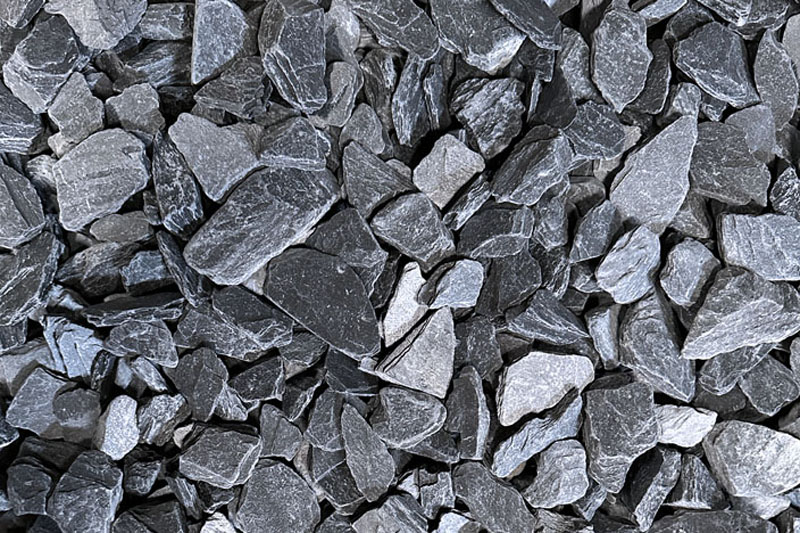Introduction
Boulders are a fantastic way to add a natural and unique touch to your landscaping project. These large, decorative rocks can create focal points, define spaces, and provide a sense of permanence in your outdoor design. In this guide, we'll focus on moss rocks, a type of boulder that features naturally occurring moss and lichen growth, and explore how to effectively use them in your landscaping.
What Are Moss Rocks?
Moss rocks are boulders that have naturally occurring moss and lichen growing on their surface. They come in a variety of sizes, including head, double head, and triple head sizes. The organic growth on these boulders adds a distinctive texture and depth to your landscape design, creating a sense of age and natural beauty.
Determine the Size and Number of Boulders Needed
Before incorporating moss rocks into your landscaping, consider the appropriate size and number of boulders needed. This will depend on the scale of your yard and the overall look you want to achieve. For smaller spaces, head-size moss rocks may be sufficient, while larger yards may require double or triple head-size boulders to create a significant impact.
Consider the Placement of Boulders
Placement is key when using moss rocks in your landscaping. Consider placing them strategically to create focal points, define spaces, or blend seamlessly with the surrounding environment. Group moss rocks together to create a natural-looking arrangement or use them to line walkways or water features. Experiment with different placements until you find a configuration that complements your overall design.
Combine Moss Rocks with Other Materials
Moss rocks can be used in combination with other landscaping materials to create a cohesive and visually appealing design. Pair them with plants, mulch, or gravel to add texture and depth to your landscape. Consider using moss rocks as a backdrop for a rock garden or to anchor a water feature.
Use Boulders to Control Erosion
In addition to their decorative qualities, moss rocks can also serve a practical purpose in your landscaping. Strategically place them in areas prone to erosion, such as slopes or hillsides, to help stabilize the soil and prevent washouts. The weight and size of the boulders can help redirect water flow and minimize soil loss.
Create a Natural Seating Area
Large moss rocks can be used to create a natural seating area in your outdoor space. Select a flat-topped boulder and add cushions or a bench for a rustic and inviting spot to relax and enjoy your surroundings. This unique seating option can serve as a conversation piece and provide a connection to the natural elements in your landscaping.
Incorporate Lighting
Enhance the beauty of your moss rocks by incorporating lighting into your landscaping design. Place low-voltage lights at the base of the boulders to highlight their texture and create a stunning focal point in the evening hours. The interplay of light and shadow can add depth and drama to your outdoor space.
Use Boulders to Create a Water Feature
Moss rocks can be used to create a natural-looking water feature in your landscaping. Arrange them strategically in a pond or stream to mimic the appearance of a natural waterway. The moss and lichen growth on the boulders will contribute to the organic and serene atmosphere of your water feature.
Maintenance of Moss Rocks
While moss rocks are relatively low-maintenance, they do require some upkeep to keep them looking their best. Periodically clean the boulders to remove debris and prevent the growth of unwanted vegetation. Use a soft-bristled brush and water to gently scrub away any dirt or algae buildup.
Conclusion
Incorporating moss rocks into your landscaping project can add a unique and natural touch to your outdoor space. By considering the size, placement, and combination with other materials, you can create a stunning and cohesive design. Whether used for decorative purposes, erosion control, seating, or water features, moss rocks are a versatile and low-maintenance option for enhancing your landscape.
FAQs
Can moss rocks be used in a desert landscape design? Yes, moss rocks can be used in a desert landscape to add texture and visual interest. They can be paired with drought-tolerant plants and other elements to create a striking contrast.
How much do moss rocks typically cost? The cost of moss rocks varies depending on the size and quantity needed. It's best to contact a local landscape supply company for specific pricing information.
Can moss rocks be used as a retaining wall? Yes, moss rocks can be used to build a retaining wall, helping to prevent soil erosion and create level areas in your landscaping.
How do I clean moss rocks? To clean moss rocks, use a soft-bristled brush and water to gently remove any debris or unwanted growth. Avoid using harsh chemicals that may damage the natural moss and lichen.
Are moss rocks environmentally friendly? Yes, moss rocks are an environmentally friendly option for landscaping. They are a natural product that does not require any chemical treatment or processing. Additionally, they contribute to the biodiversity of your landscape by providing a habitat for moss and lichen growth.




